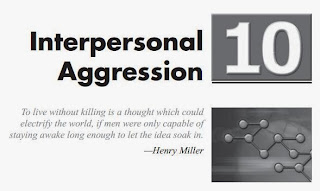Applying Social Psychology From Problems to Solutions Ind
Menerapkan Psikologi Sosial Dari Masalah ke Solusi TENTANG PENULIS Abraham (Bram) P. Buunk telah sejak tahun 2005 Profesor Akademi di Evolutionary Psikologi Sosial di University of Groningen atas nama Kerajaan Belanda Academy of Arts and Sciences. Bunga yang berlaku utamanya adalah penerapan teori evolusi perilaku sosial manusia. Dia telah menerbitkan banyak pada topik diterapkan, termasuk kelelahan profesional, kecemburuan, absensi, pencegahan AIDS, kesepian, depresi, kepuasan perkawinan, kesejahteraan di kalangan orang tua, dan mengatasi kanker. Dia adalah co-editor dariHealth, penanggulangan dan kesejahteraan: Perspektif dari compar sosial teori Ison (Erlbaum, 1997), danSolidaritas dan prososial Perilaku . (Springer, 2006) Ia telah bertugas di papan ilmiah untuk Yayasan Kanker Belanda (NKB-KWF), dan Yayasan Belanda AIDS. Saat ini ia adalah anggota Komite Program on Evolusi dan Perilaku Organisasi Belanda untuk Riset Ilmiah (NWO).








